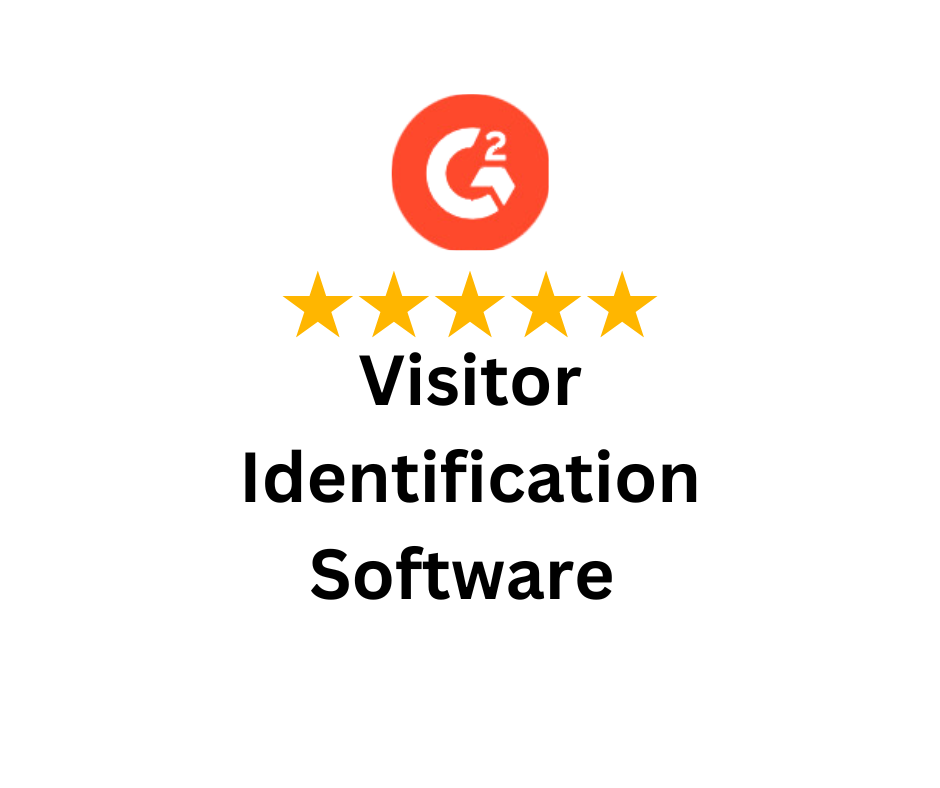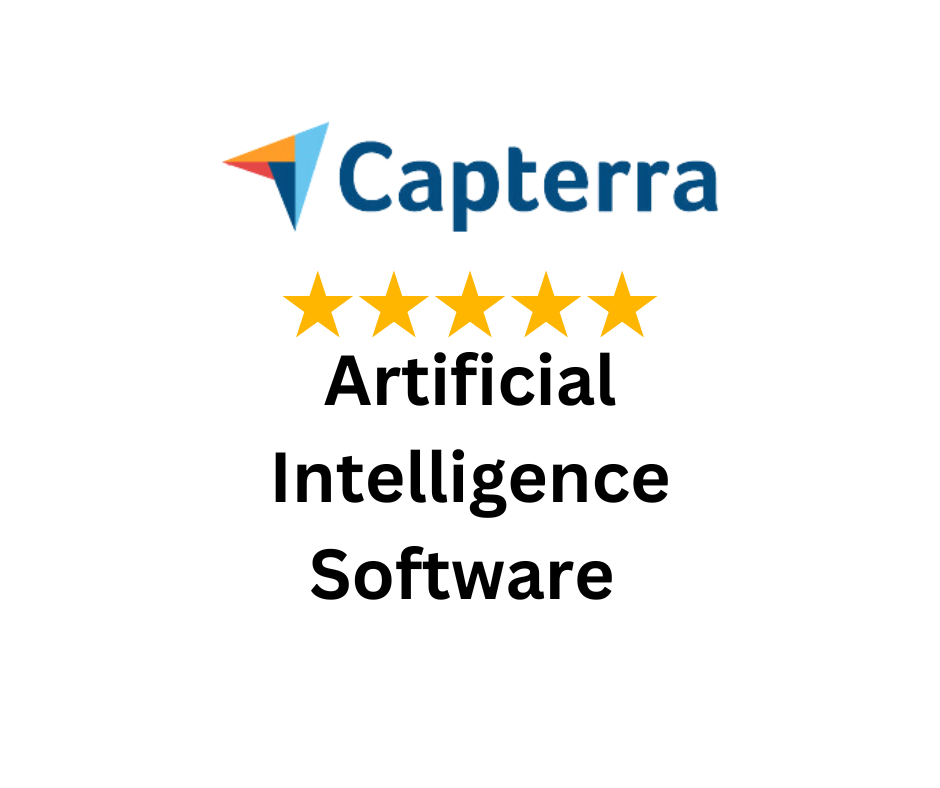Demand generation means creating your target audience’s interest in your product, while lead generation means collecting contact details from interested people, or leads.
However, marketers often confuse these terms, because they work closely together in the sales funnel.
Even so, they’re not the same and serve different roles in a marketing strategy.
Demand generation helps people learn about your brand before they’re ready to buy. It includes activities like posting posts, creating webinars, social media, and creating and sharing podcasts that build awareness. This type of marketing does not ask for a sale right away.
Lead generation comes after demand generation, to turn that interest into a contact or lead. This includes forms, landing pages, gated content, and offers that collect customer information. Leads are people who already know your brand and are likely to convert, that is, if they’re convinced.
Knowing this difference in demand generation vs lead generation helps marketers avoid waste, focus their budgets, and plan smarter campaigns. It also improves the quality of leads, boosts conversion rates, and shortens the sales cycle.
Understanding both demand generation and lead generation lets you build a stronger, full-funnel approach for long-term business growth.
Demand generation is the process of creating interest in your product before someone is even ready to buy. It helps people discover your brand, learn what you do, and begin to trust your message. This strategy is important for B2B marketers who want to grow awareness and build future leads.
The main goal of demand generation is more to educate and engage new audiences than to sell. It supports long-term growth by filling the top of the funnel with informed and curious prospects. This is helpful in competitive markets where trust and visibility matter more than a quick sale.
Top-of-funnel tactics often include blog posts, SEO content, videos, podcasts, and free online tools. Webinars, interviews, and press features also help position your company as a helpful industry voice. Organic social media can build community and drive interest without direct selling. The best way to implement SEO is to hire professional SEO services provided by experts from a reliable company that promises results.
This stage works best when it’s focused on value, clarity, and solving real customer problems. It’s not about closing deals—it’s about opening doors and starting conversations.
Pro Tip: Focus on educating, not selling. Help people before you ask for their details.
Lead generation is the process of collecting contact details from people who are clearly interested in your product. It turns interest into action by asking users to fill forms or request more information. This is different from demand generation which aims to build interest and awareness at the start.
Lead generation is done after people already know your brand or trust what you offer. It captures intent and helps move users closer to making a purchase or booking a demo. It’s focused on driving conversions and supporting the sales team with qualified contacts.
This strategy works in two parts of the funnel: middle of funnel (MOFU) and bottom of funnel (BOFU). At this point, buyers are comparing options and are more open to taking action quickly.
Common channels include landing pages, paid ads, pop-ups, gated ebooks, and webinar sign-up forms. These tools ask for details like name, email, company size, or job role. Once collected, these leads are passed to sales or added to email sequences for further nurturing.
An AI Tool that acts as an Ads Optimizer runs A/B tests to identify your top performing ads and help you get the best returns on ads spend. If the same tool also lets you create custom nudges, you can target the right audience and push conversions, without seeming pushy. 
Factor | Demand Generation | Lead Generation |
Objective | Build awareness | Capture and convert |
Funnel Stage | TOFU (Top of Funnel) | MOFU & BOFU (Middle & Bottom of Funnel) |
Timeline | Long-term | Short-term |
Content Style | Informative, ungated | Action-oriented, gated |
Metrics | Reach, engagement, awareness | Conversions, CPL, SQLs |
Channel Example | Blog, podcast, LinkedIn post | PPC ad, ebook form, cold email |
Use demand generation when people don’t know your brand or product yet. This approach works best when you need to create interest in new or cold markets.
Use lead generation when people already know your brand and are ready to take action. It’s most effective when you need quick results, like more demos or sales in a short time.
Here are some clear examples to help you choose the right strategy:
Small businesses with low brand visibility should always begin with demand generation. Larger firms with steady traffic or an email list can shift focus to lead generation faster.
Choosing the right method depends on your funnel stage, audience readiness, and campaign goals.
Note: Match your tactic to where your audience is in the funnel—not where you want them to be.
Demand generation and lead generation work best when used together in one full-funnel strategy. Demand generation fills the top of the funnel by building trust, awareness, and audience interest. Lead generation picks up from there by turning that interest into real leads for the sales team.
In a typical B2B funnel, demand gen warms up cold audiences with useful, ungated content. This might include blogs, podcasts, social posts, or expert videos that educate and add value. Once someone engages, lead gen starts with gated content, forms, and retargeting offers.
Here’s a real-world example for context:
“A SaaS company posts helpful LinkedIn content about industry trends (demand generation). After 2 weeks, they run ads to viewers offering a gated whitepaper (lead generation). This brings warm, educated leads into the CRM—ready for a follow-up call or demo.”
This full-funnel method keeps your pipeline filled and your sales team focused on real opportunities. It also prevents wasted budget by only targeting people who already showed interest.
Whether you’re talking about demand generation or lead generation, each strategy has its own set of goals and performance metrics. Tracking the right numbers in both demand generation and lead generation helps you measure progress and make smart decisions. Don’t use the same KPIs for both—each one plays a different role in the funnel.
Demand generation is focused on visibility and engagement at the top of the funnel.
Here are the key metrics that you need to track:
These metrics show if your awareness efforts are working and reaching the right audience.
Lead generation is focused on capturing leads and moving them closer to a sale.
Here are the key performance indicators:
These KPIs help you track how efficiently your campaigns turn interest into revenue.
Pro Tip: Start with 3 KPIs for each strategy. Don’t try to measure everything at once.
Marketers can make many mistakes in both demand generation and lead generation. Firstly, they can put too much focus on lead generation and ignore the need for brand trust. When people don’t know or trust your brand, they are less likely to become quality leads. This leads to low conversion rates and frustrated sales teams.
In competitive markets, some businesses skip demand generation entirely. That’s a big mistake. Without awareness-building efforts like blogs and webinars, your brand may never stand out.
Another common issue is relying only on gated content. If every offer requires a form, many users won’t engage. Mixing in free, helpful content builds more trust and reach.
When sales and marketing don’t share goals, leads often fall through the cracks. Misalignment between teams leads to confusion, poor handovers, and lost opportunities.
Lastly, marketers sometimes treat marketing-qualified leads (MQLs) as sales-qualified leads (SQLs). This hurts the sales team and wastes follow-up time. Clear scoring rules fix this issue fast.
Top 3 Fixes to Improve Funnel Performance:
A full-funnel strategy works best when demand generation and lead generation support each other. To do this well, marketers should follow a clear, step-by-step approach for consistent results.
Problem:
A mid-sized SaaS company struggled with low-quality leads and poor conversion rates from paid ads. The team relied heavily on gated ebooks and cold outreach without enough brand awareness campaigns. In particular, the sales team spent time chasing leads who weren’t ready to buy or didn’t trust the brand.
Strategy:
The company decided to balance its funnel by adding strong demand generation at the top. They planned to build trust first, then use targeted lead gen tactics for higher conversion.
Execution:
They launched a series of ungated blog posts, expert interviews, and LinkedIn videos. They focused on customer pain points and industry trends to draw in cold audiences. Next, they retargeted engaged visitors with gated product guides and free trial offers. Lead scoring and email automation helped qualify leads and warm them before handoff to sales.
Result:
Within three months, website traffic grew by 40%, and demo sign-ups doubled. Sales reported better-fit leads and shorter conversion cycles. The combined funnel approach improved both awareness and revenue quality across campaigns.
Demand generation focuses on awareness and education, helping people discover and trust your brand early. It plays a key role in the top of the funnel by creating interest before users are ready to act.
Lead generation focuses on capturing and converting that interest into real leads for your sales team. It works best when the audience is already aware of your brand and ready to engage more deeply.
Both strategies are essential to build a healthy and effective B2B marketing funnel. Each uses different content, timing, and success metrics—but together, they create better results.
When used in harmony, demand and lead generation help attract the right audience and grow your pipeline. A unified strategy increases efficiency, improves lead quality, and helps your team close more deals.
Neither is more important than the other, and in reality, they work best together. Demand builds interest, while lead gen turns it into action.
Skipping either one will hurt your funnel performance and reduce the impact of your marketing efforts. Thus, despite the differences in demand generation vs lead generation, you’ll need both.
Again, yes. Demand generation brings people in, while lead generation helps convert them. Together, they cover the full journey from awareness to decision-making.
Lead generation can be both. Inbound includes forms and content offers. Outbound includes emails and cold calls.
Demand generation takes time. While you may expect to see early results in 4–6 weeks, significant results grow over months.
Note: Patience and consistency are key as demand gen builds long-term trust.
Absolutely. Small businesses can use blogs, social posts, and webinars to build trust and reach new audiences. You don’t need a big budget—just useful content that solves real problems.
Empowering businesses to optimize their conversion funnels with AI-driven insights and automation. Turn traffic into sales with our advanced attribution platform.

